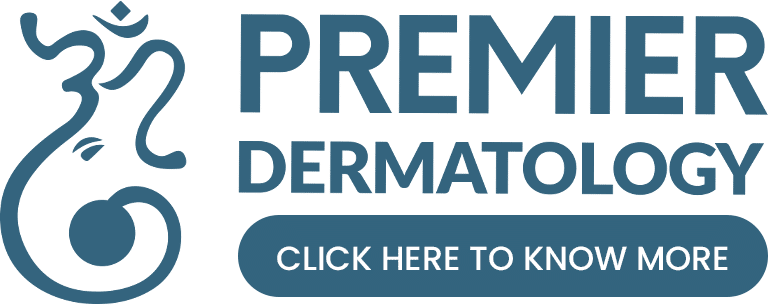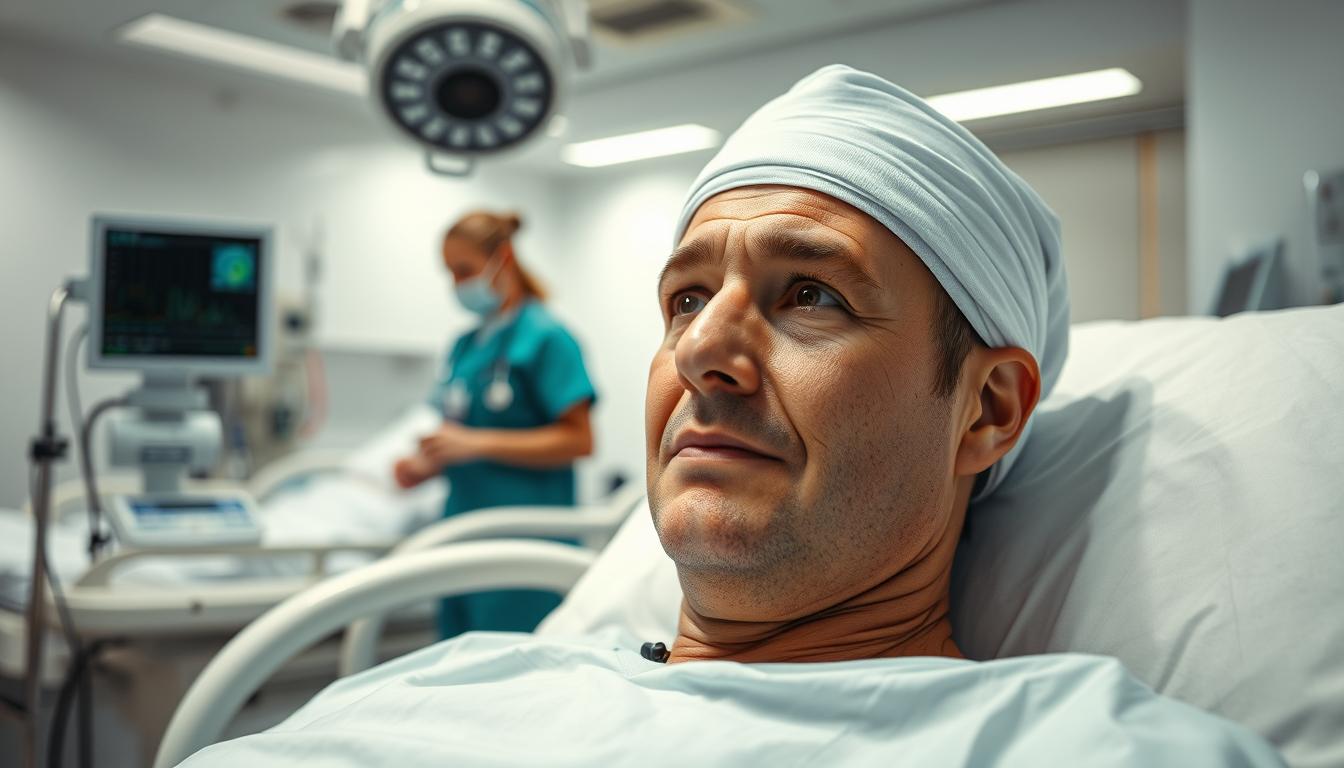For many individuals, undergoing surgery for a brain condition can be a daunting experience. A Chiari malformation is a structural issue that affects the lower part of the brain, potentially causing severe headaches, neck pain, and balance problems.
The recovery process is a critical phase that requires careful planning and understanding. Typically, the surgery involves creating more space for the brain by removing a small portion of the skull at the back of the head.
Understanding what to expect during recovery can significantly ease the mental and physical challenges that lie ahead. This article aims to provide a detailed overview of the recovery timeline and practical advice for managing the healing journey.
Key Takeaways
- Chiari malformation surgery recovery typically spans 6-8 weeks.
- The surgery relieves pressure on the brain stem and spinal cord.
- Common symptoms leading to surgery include severe headaches and balance problems.
- Understanding the recovery process helps patients prepare mentally and physically.
- The healing journey can vary based on individual patient factors and the specific procedure.
Understanding Chiari Malformation
Chiari malformation is a complex condition that affects the brain and spinal cord. It occurs due to a structural problem in the skull, where a portion is either misshapen or smaller than average. This abnormality forces a part of the brain, specifically the cerebellum, to extend into the spinal canal.
What is Chiari Malformation?
Chiari malformation is characterized by the cerebellum protruding into the spinal canal through the foramen magnum, the opening at the base of the skull. This can lead to compression at the junction between the brain and spinal cord, disrupting the normal flow of cerebrospinal fluid. As a result, patients may experience a range of symptoms, including severe headaches, neck pain, and balance problems.
Why Surgery is Necessary
Surgery becomes necessary when symptoms are severe or progressive. According to medical experts, “Surgical intervention is crucial for alleviating the pressure on the brain and spinal cord, thereby improving the quality of life for patients with Chiari malformation.” The primary goal of surgery is to relieve the compression and restore the normal flow of cerebrospinal fluid, addressing complications such as syringomyelia.
The Surgical Procedure Explained
Understanding the surgical procedure for Chiari malformation is crucial for patients to know what to expect. The surgery is designed to relieve pressure on the brain and spinal cord by creating more space in the affected area.
Posterior Fossa Decompression
The most common type of surgery for Chiari malformation is called posterior fossa decompression. This procedure involves removing a small portion of bone from the back of the skull, creating additional space around the lower part of the brain. A surgeon makes a small incision in the back of the head and performs a craniectomy to achieve this.
Additional Surgical Components
Additional components may be included in the surgery to ensure optimal outcomes.
Duraplasty
Duraplasty involves opening and expanding the dura mater covering the brain with a patch graft.
Laminectomy
A laminectomy may be performed to remove part of the upper spinal vertebrae, further relieving pressure.
Electrocautery
Electrocautery is a technique used to reduce the size of the cerebellar tonsils using heat.
Immediate Post-Operative Period
After undergoing Chiari malformation surgery, patients enter a crucial recovery phase. This period is vital for monitoring and managing the patient’s condition as they recover from anesthesia.
First 24-48 Hours After Surgery
During the first 24-48 hours, patients are typically cared for in the intensive care unit (ICU), where medical staff closely monitor vital signs, neurological function, pain levels, and the surgical site. Various monitoring devices are used, including urinary catheters, blood pressure monitors, and pulse oximeters to track oxygen levels.
Hospital Stay Duration
The length of hospital stay varies depending on the complexity of the surgery and the patient’s recovery pace. On average, patients stay in the hospital for about 2 to 3 days, though this can range from 2 to 5 days.
Initial Monitoring and Care
Initial care focuses on managing pain, preventing complications, and gradually reintroducing oral intake. Patients are also assisted in sitting up and eventually walking. The monitoring during this period is crucial for a smooth recovery.
| Care Aspect | Description | Time Frame |
|---|---|---|
| Vital Sign Monitoring | Close observation of heart rate, blood pressure, and oxygen levels | First 24-48 hours |
| Pain Management | Administration of appropriate medication to manage pain | Throughout hospital stay |
| Mobility Assistance | Helping patients sit up and walk with assistance | After the first day |
Managing Pain and Discomfort

Post-surgical pain management is a vital component of the recovery process for Chiari malformation patients. Effective management of pain and discomfort is essential for a smooth and successful recovery.
Common Post-Surgical Symptoms
After Chiari malformation surgery, patients often experience a range of symptoms, including pain at the surgical site, neck stiffness, and headaches. These symptoms can vary in intensity and duration but are typically most pronounced in the initial post-operative period. Other common symptoms include nausea, dizziness, and fatigue.
Pain Medication Protocol
The pain medication protocol typically involves a combination of prescription pain relievers, muscle relaxants, and anti-nausea medications. Patients are usually transitioned from IV pain medication to oral medications before discharge, with a schedule that gradually reduces dosage as healing progresses. Non-pharmaceutical techniques, such as proper positioning and gentle neck exercises, can also complement medication in managing discomfort.
The First Week of Chiari Malformation Surgery Recovery
The initial week following Chiari malformation surgery is vital for a successful recovery. During this period, patients must focus on wound healing, manage pain effectively, and gradually increase mobility while adhering to crucial activity restrictions.
Incision Care and Wound Healing
Proper incision care is essential during the first week. If skin glue (Dermabond) was used, it will fall off naturally within 2-3 weeks. Patients should avoid applying oils, lotions, or creams to the glue or surrounding area and refrain from peeling or picking at it. The incision should be kept clean and dry for the first five days. After this period, patients can gently wash the area with soap and water, then pat it dry with a clean towel.
Activity Restrictions
Activity restrictions are significant during the first week. Patients should avoid lifting objects over 10 pounds, keep their head elevated, and avoid bending or straining. Physical activity should be limited to short, gentle walks with assistance.
Initial Mobility Challenges
Initial mobility challenges are common due to post-surgical discomfort and potential dizziness. Physical therapists provide guidance on safe movement techniques and appropriate exercises to help patients regain mobility.
| Activity | Restrictions |
|---|---|
| Lifting | No lifting over 10 pounds |
| Head Position | Keep head elevated |
| Physical Activity | Short, gentle walks with assistance |
For more information or to address any concerns, please contact us.
Weeks 2-4 of Recovery
As patients progress through their Chiari malformation surgery recovery, weeks 2-4 mark a significant turning point. During this period, patients typically begin to experience a notable reduction in pain and an increase in energy levels, although some fatigue and occasional headaches may still occur.
Gradual Return to Daily Activities
Patients can usually resume light household activities and short walks during this phase. However, it’s crucial to avoid heavy lifting (nothing over 10 pounds), strenuous exercise, and activities that involve jarring or bouncing movements. A gradual return to daily activities is recommended, allowing the body to heal properly.
Physical Therapy Beginnings
Physical therapy often commences in earnest during weeks 2-4, focusing on gentle neck exercises to improve range of motion and reduce stiffness. These exercises are designed to promote healing without straining the surgical site. Follow-up appointments with the neurosurgeon typically occur around 2-3 weeks post-surgery to assess wound healing and evaluate initial recovery progress.
Long-Term Recovery Timeline
Understanding the long-term recovery timeline is crucial for patients undergoing Chiari malformation surgery. The recovery process is influenced by several factors, including the type of surgical procedure, the patient’s age, overall health, and whether any complications arose during or after surgery.
Weeks 4-8 Post-Surgery
During weeks 4-8 post-surgery, patients typically start to resume their daily activities gradually. Most can return to school or work part-time, begin with light exercises, and participate in more normal daily routines while avoiding high-impact activities and heavy lifting. It’s a period of significant progress, though patience is still required as the body continues to heal.
Complete Recovery Expectations
Complete recovery expectations vary among individuals. While some experience immediate relief from symptoms, others may see gradual improvement over time. It’s essential to have realistic expectations, understanding that some pre-existing nerve damage may be permanent. By the 3-month mark, most patients have significantly reduced their pain medication, resumed most normal activities, and seen substantial improvement in their pre-surgical symptoms.
Potential Complications to Monitor

Understanding the potential complications following Chiari malformation surgery is vital for a smooth recovery. While most surgeries are successful, being aware of the possible risks can help patients and caregivers take prompt action if any issues arise.
Warning Signs to Watch For
Patients should be vigilant for signs of complications, which can include persistent or worsening headaches, clear fluid leaking from the incision site indicating a potential CSF leak, increasing neck pain or stiffness, and new or worsening neurological symptoms. Signs of infection, such as redness, swelling, drainage, or fever, are also critical to watch for.
- Clear fluid leaking from the incision
- Increasing neck pain or stiffness
- New or worsening neurological symptoms
- Signs of infection (redness, swelling, drainage, fever)
When to Contact Your Doctor
If any of the following symptoms occur, it’s crucial to contact your doctor immediately: fever above 100.5°F, seizures, significant change in mental status, severe pain unrelieved by medication, difficulty breathing, or any sudden or severe neurological changes. Prompt medical attention can prevent minor issues from becoming serious complications.
| Symptom | Action Required |
|---|---|
| Fever above 100.5°F | Contact doctor immediately |
| Severe pain unrelieved by medication | Contact doctor immediately |
| Signs of infection (redness, swelling, drainage) | Contact doctor immediately |
Follow-Up Care and Appointments
Follow-up care is a vital component of the recovery process for patients who have undergone Chiari malformation surgery. This ongoing care is essential for monitoring recovery progress, addressing any complications, and assessing the effectiveness of the procedure in relieving symptoms.
Typically, patients have multiple follow-up appointments with their neurosurgeon. The first appointment is usually scheduled 2-3 weeks after surgery to check on the healing of the incision. A second appointment is typically scheduled about three months following surgery to assess overall recovery and symptom improvement.
Post-Surgical Imaging
Post-surgical imaging, particularly MRI scans, plays a crucial role in evaluating the success of the decompression and monitoring for any remaining issues. For patients with pre-surgical syringomyelia, a follow-up MRI is typically performed 7-8 months after surgery to assess whether the syrinx is resolving.
Monitoring Symptom Improvement
During follow-up appointments, doctors will systematically monitor symptom improvement, asking patients to compare their current symptoms to those experienced before surgery and tracking progress over time. To prepare for these appointments, patients should keep a symptom journal, noting any changes (improvements or new problems), listing questions, and bringing all current medications to ensure comprehensive care.
- Follow-up care after Chiari malformation surgery is essential for monitoring recovery progress and addressing any complications.
- Typical follow-up appointments include an initial visit 2-3 weeks after surgery and a three-month follow-up to assess overall recovery.
- Post-surgical imaging, particularly MRI scans, is crucial for evaluating the success of the decompression.
Tips for a Successful Recovery
Recovering from Chiari malformation surgery is a complex process that benefits from thoughtful lifestyle adjustments and robust support systems. A successful recovery is not solely dependent on the surgery itself but on a multitude of factors that influence the healing process.
Lifestyle Adjustments
Making key lifestyle adjustments is crucial for a smooth recovery. This includes establishing a consistent sleep schedule, consuming a nutritious diet rich in anti-inflammatory foods, and staying well-hydrated.
Creating a comfortable recovery space at home and gradually reintroducing activities as advised by your healthcare provider are also vital. Ensuring plenty of rest and avoiding strenuous activities can significantly aid in the recovery process.
Support Systems and Resources
Having a strong support system in place can greatly impact the recovery journey. This can include family, friends, home health services, and support groups for Chiari patients.
Additionally, leveraging resources such as medical equipment, medication management tools, and educational materials can provide both practical and emotional support. It’s also important to address mental health through techniques like mindfulness and professional counseling to cope with potential frustration, depression, or anxiety.
Conclusion
Recovery from Chiari malformation surgery is a gradual process that involves careful management and follow-up care. While the physical recovery typically takes 6-8 weeks, the full neurological benefits may continue to develop over several months to a year as pressure is relieved from the brain and spinal cord. Most patients experience significant improvement in their pre-surgical symptoms, though the degree of relief varies based on the severity of the Chiari malformation and presence of permanent nerve damage.
For those living with Chiari malformation, surgery represents an opportunity to reclaim quality of life and reduce neurological problems. With modern surgical techniques, approximately 80-90% of patients experience meaningful symptom improvement.


